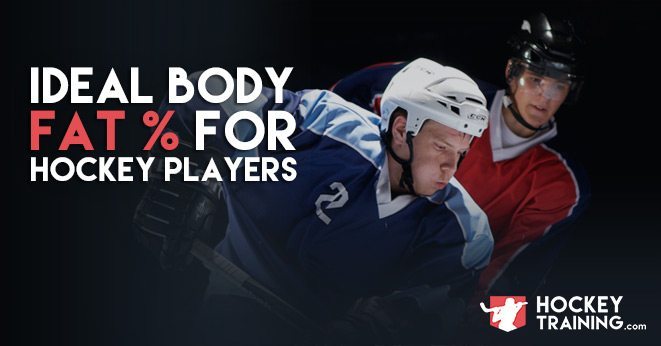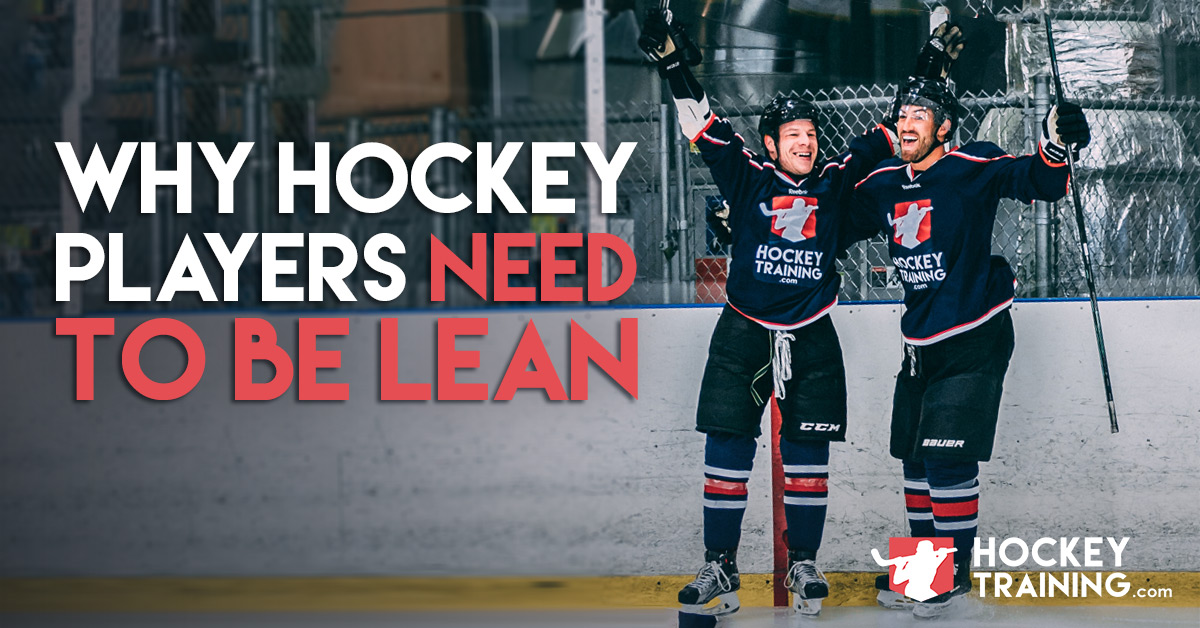Is running long distance bad for hockey players?
Yes and no.
As I have outlined in another blog titled Hockey Conditioning 101 and also in my most recent webinar on hockey conditioning, it is not ideal to make the bulk of your cardiovascular conditioning work for hockey come from low intensity, long duration efforts.
I will not go over all the aspects behind the physiology of conditioning as those can be found in other blogs that I wrote, but I will quickly recap what you need to know before answering the title question.
First and foremost hockey is an alactic-aerobic sport. Which means it is a sport that is driven by high intensity/high power output bouts of effort interspersed with low intensity/low effort bouts.
An example of a purely low intensity/low power output sport would be marathon running as they run at a manageable pace for an extremely long duration. Whereas an example of a purely high intensity/high power output sport would be Olympic lifting. They bring extreme power for only a matter of seconds until the sporting event is over.
Hockey is right in the middle of these two which makes the aspects of conditioning design more difficult and more apt to change from one competitor to the next based on their current level of fitness and body composition. Hockey requires both high power output and low intensity aerobic fitness.
When you think about the game of hockey, all important aspects are driven from high intensity movements: Slap shots, wrist shots, body checks, breakaways, fighting, skating for a loose puck, etc.
All game changing aspects of the play are completely controlled and conditioned by the anaerobic energy systems, so you can picture hockey on the above graph slightly more over to the left than the “Team Sports” center piece.
But a decent level of aerobic fitness must also be present to account for the lower intensity bouts. An example of why this is important would be to picture an advanced Olympic lifter on the ice, yes he has the power to perform the high intensity efforts, but due to his lack of aerobic fitness he would tire quickly and have a very slow in-between shift recovery rate.
The objective of proper hockey conditioning is to be able to perform repeated bouts of high power output efforts with minimal rest and still maintain your performance.
You need to be anaerobically conditioned more than you need to be aerobically conditioned.
Why?
Because that is the nature of the game. Hockey is an anaerobic dominant sport and those who are anaerobically conditioned are going to be the ones making a difference late in the 3rd period.
So how do we get conditioned for hockey?
Create conditioning workouts based around alactic-aerobic efforts and periodize them so you improve your hockey specific conditioning over time. Doing this mimics the energy systems you would be using in a game which will condition you in a sport-specific way for hockey.
Again, check out some of my other articles for examples of this. Especially this one.
“But how about long distance running? Will long distance running improve my cardio for hockey?”
Yes and no.
Hockey is an anaerobic sport and long distance running is purely aerobic which gives it very little crossover into the game of hockey once you train it beyond a certain threshold.
This is why you see players all the time doing “cardio” and yet still becoming totally exhausted on the ice. This is because they are training the improper energy systems required to fuel the game of hockey. They are creating the wrong gas tank; they are becoming better marathon runners and not better hockey players. Low-intensity jogging is not a “catch all” cardio training exercise for sports, you must meet the energy system demand of the sport to get transfer-ability from your training to the ice.
Having said this, aerobic work is NOT useless. It’s something that should be done by hockey players every year — it just loses it’s carryover once you have already achieved the required aerobic base needed for hockey.
Here are some reasons where aerobic work makes more sense:
1. If you are strength training 4 days a week + doing 2 practices + 2 games and you are completely exhausted, high intensity conditioning is not going to do you any good. If you are not recovering properly and then you try to perform a brutal prowler session, you will be digging yourself into a hole of unmanageable fatigue. Whereas if you were to perform a light 20-30minute low intensity aerobic session (in this context, an aerobic mobility circuit would be ideal) that would not affect your recovery rate yet you would still receive some positive value from the session.
If somebody were to say to me “Coach Garner, I am totally gassed by the end of the week and I find I am not able to put full power output into my conditioning. What should I do?” My answer depending on the context would either be to do a short, low intensity cardio session or simply to do nothing at all and focus on recovery.
2. Low intensity work does have benefits such as improving stroke volume (amount of blood the heart is able to exert in one beat), increased ability to oxygenate muscle tissues, and increase the mitochondrial (energy powerhouse of the cells) density of your muscles.
These benefits are real and can be attained through aerobic work. The key is to perform them sparingly to ensure you are still hockey performance driven.
For example, marathon runners need to do this all the time because it replicates their sport. Whereas hockey players need only perform a small amount to attain the benefit because performing too much will draw you away from your more hockey-specific work such as your alactic power and alactic capacity conditioning sessions.
3. If you have body fat to lose, you can perform aerobic work. Let me first say strength training and high intensity conditioning can and should get you to a low body fat percentage (if your nutrition is on point that is). But if you are running into plateaus with fat loss, low intensity aerobic work can be a good idea in that situation to add more volume but not cause further fatigue debt in the same way adding another strength training session or HIIT session would.
4. If you have a lower body injury, some work is better than none (depending on the type and level of injury). If you can’t sprint/throw a medicine ball then ride the bike, swim, or go for a walk. You should always be doing something. Injuries have a sneaky way of getting people to become sedentary and gain unnecessary weight. Keep moving.
At the end of the day, conditioning for hockey should be done primarily anaerobically once you have achieved your initial aerobic base. If you fit into one of the above categories you can incorporate more aerobic work, but even then they are temporary and controlled scenarios.
If you’re a healthy, lean hockey player you should be putting your efforts more towards what is actually going to improve your game, not the other stuff. This means lots of long distance running should be crossed off the list. I also haven’t even mentioned the amount of impact injuries hockey players get from running too much for too long, you have to consider that as well since hockey is already high-impact enough.
Remember, you’re not in the gym to become a better weight lifter. You’re in the gym to become a better hockey player. Likewise, you’re not doing cardio to become a better marathoner, you’re doing cardio to become a better hockey player.
All training avenues need to lead to hockey performance and need to make sense from a physiological perspective. Low intensity aerobic work need only be done to build your aerobic base, and then after that it need only be introduced on a low frequency basis to maintain it while you work on more hockey-specific training modalities.
Here are some take away points:
• Context means everything.
• From a performance perspective, running long distance does not serve purpose to hockey players after they have achieved the required aerobic base for hockey. The old saying of “more is not better” really applies well here.
• Hockey players should never go long distance even when performing aerobic work. 20-30minutes max at low to moderate intensities and only when necessary. Tempo runs are my favorite for hockey specific aerobic work.
• Hockey players should be focusing their time on anaerobic conditioning more often than not, especially when peaking for camps or try-outs.











I disagree with your analysis, I have played hockey since age 5 and when I started 10 mile runs into my exercise routine my energy level and speed and endurance on the ice has increased by at least 20% at age 57
Hi Courtland, I think Dan’s point was that it isn’t the most ideal training. It will help for sure, but there are better ways to improve your conditioning for hockey.